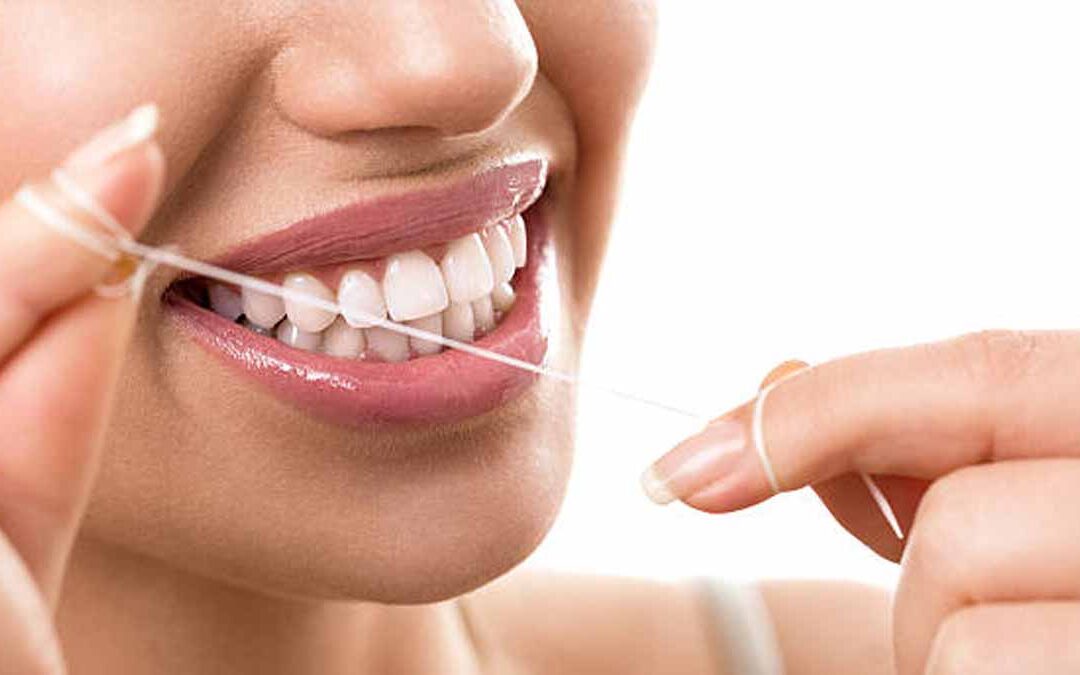Flossing is an essential part of maintaining oral hygiene, yet it’s often overlooked or done incorrectly. At Afdent Dental, we understand the importance of this simple yet crucial routine and aim to make it more manageable for you. In this article, we’ll delve into the significance of flossing, different types of floss, and effective flossing techniques to make your dental care routine more efficient.
The Importance of Flossing
Flossing plays a significant role in maintaining healthy teeth and gums. It removes plaque and food particles that your toothbrush can’t reach. Regular flossing can help prevent gum disease and tooth decay, significantly improving your overall dental health.
Besides the apparent health benefits, flossing also contributes to fresher breath by eliminating hidden food particles that contribute to bad odors. It can also lead to brighter teeth by removing plaque and excess toothpaste left behind after brushing.
Choose the Right Floss
Choosing the right dental floss can make the process more comfortable, effective, and enjoyable. There are various types of floss available in the market, each with unique benefits, flavors, and textures.
- Unwaxed Floss: This traditional type of floss is thin and fits easily between close teeth. However, it may fray more quickly than waxed versions.
- Waxed Floss: This floss is coated with a thin layer of wax, making it more durable and easier to slide between tight teeth without breaking.
- Tape Floss: Thicker than standard floss, tape floss is an excellent choice for individuals with larger gaps between their teeth.
- Floss Picks: These tools combine a handle and floss in one piece, making them a convenient option for people on the go.
Remember, the best floss for you is the one that meets your specific needs and encourages you to floss regularly.
Flossing Techniques
Knowing how to floss correctly can make the process more effective and less daunting. Here are some techniques to help you get the most out of your flossing routine:
- The Spool Method: Wrap the floss around your middle fingers, leaving about two inches between. Use your index fingers and thumbs to maneuver the floss between your teeth.
- The Loop Method: Particularly useful for children or those with less dexterity, this method involves tying the floss into a loop. You can then easily move the floss up and down between your teeth.
- The Floss Holder Method: If you find traditional methods challenging, consider using a floss holder. This Y-shaped device holds the floss at the correct tension, allowing you to clean between your teeth with less hassle.
More Tips
Floss Before Brushing:
Although there’s ongoing debate about whether it’s better to floss before or after brushing, a study by the Oral Health Foundation discovered that flossing first can make brushing your teeth more effective. When you floss first, you loosen and remove food particles and plaque from between your teeth. Brushing afterward helps to further clean these areas, making your oral hygiene routine even more effective.
Use a Mouthwash Post-Flossing:
After you’ve dislodged any hidden food particles and plaque through flossing, rinsing with a mouthwash can add an extra layer of cleanliness. Opt for a fluoride mouthwash to kill any remaining bacteria and give your teeth a protective shield against decay. Not only does this leave your mouth feeling fresh, but it also helps to protect your teeth and gums until your next brushing and flossing session.
In conclusion, flossing should be an integral part of your daily oral hygiene routine. By choosing the right floss and employing proper techniques, you can make flossing more manageable and reap the rewards of better oral health. Remember, the goal is not just to have a bright smile, but also a healthy one. At Afdent Dental, we’re dedicated to providing you the knowledge and services needed to maintain your oral health. For additional guidance, feel free to contact us or book an appointment.


